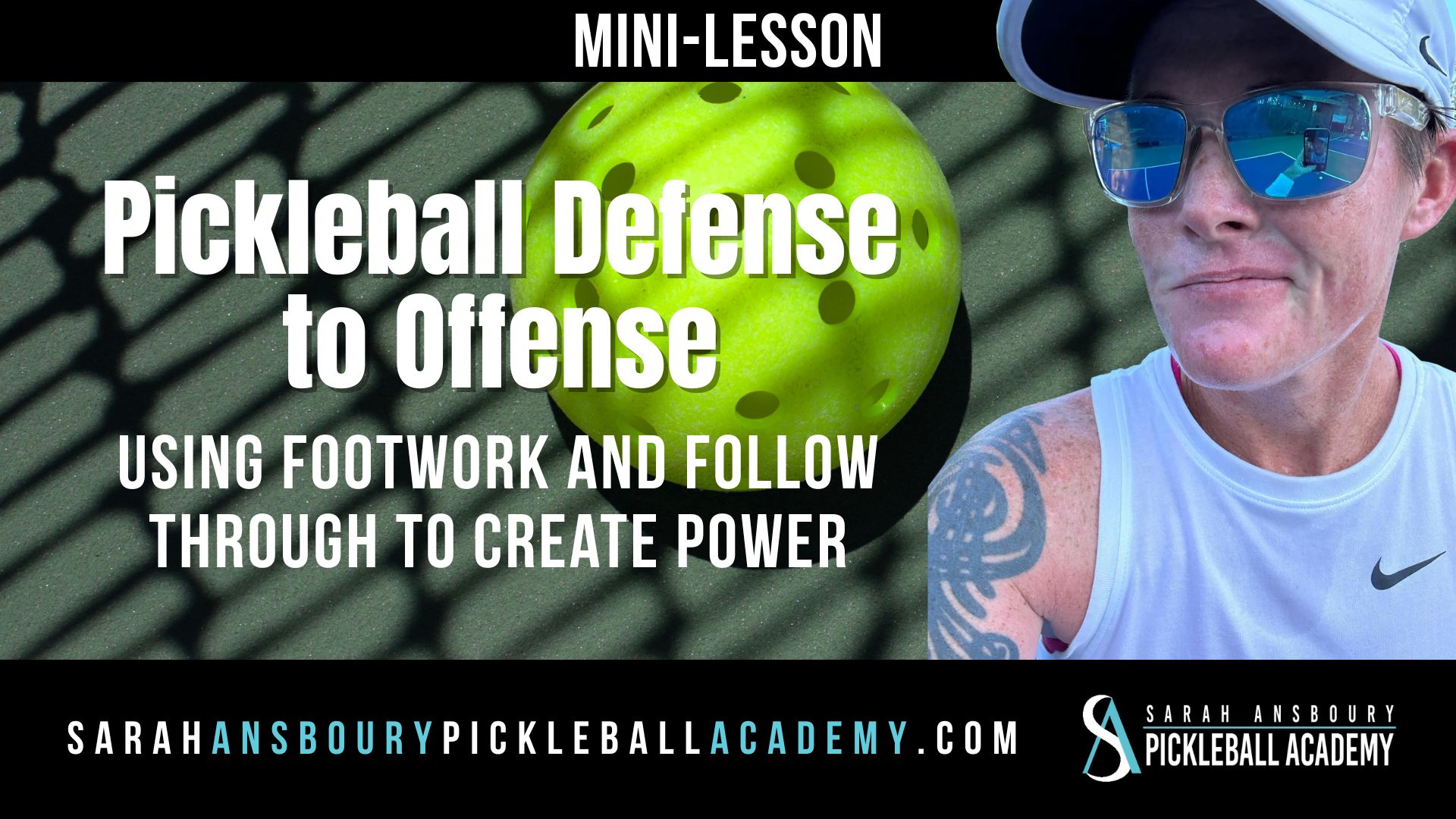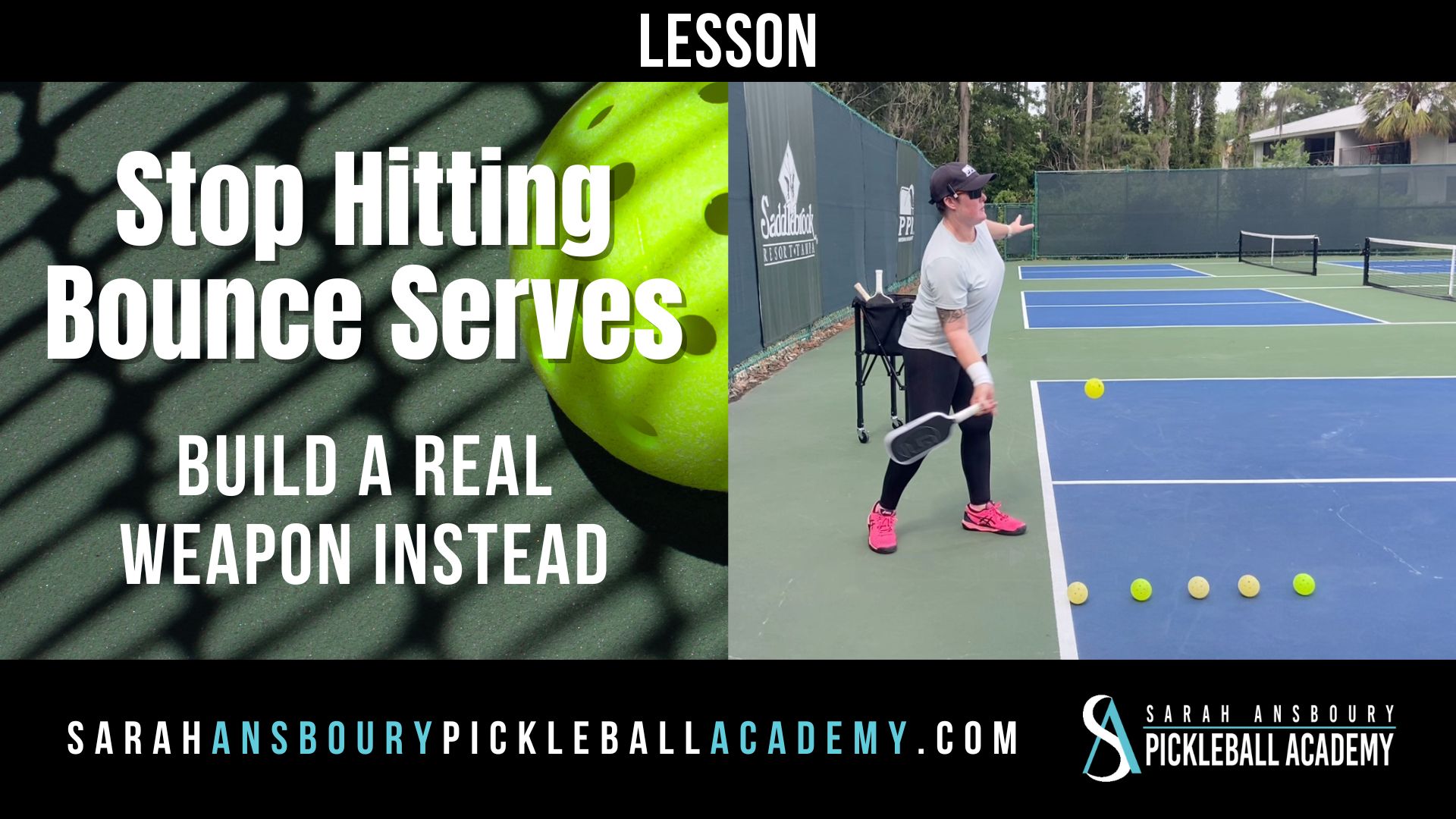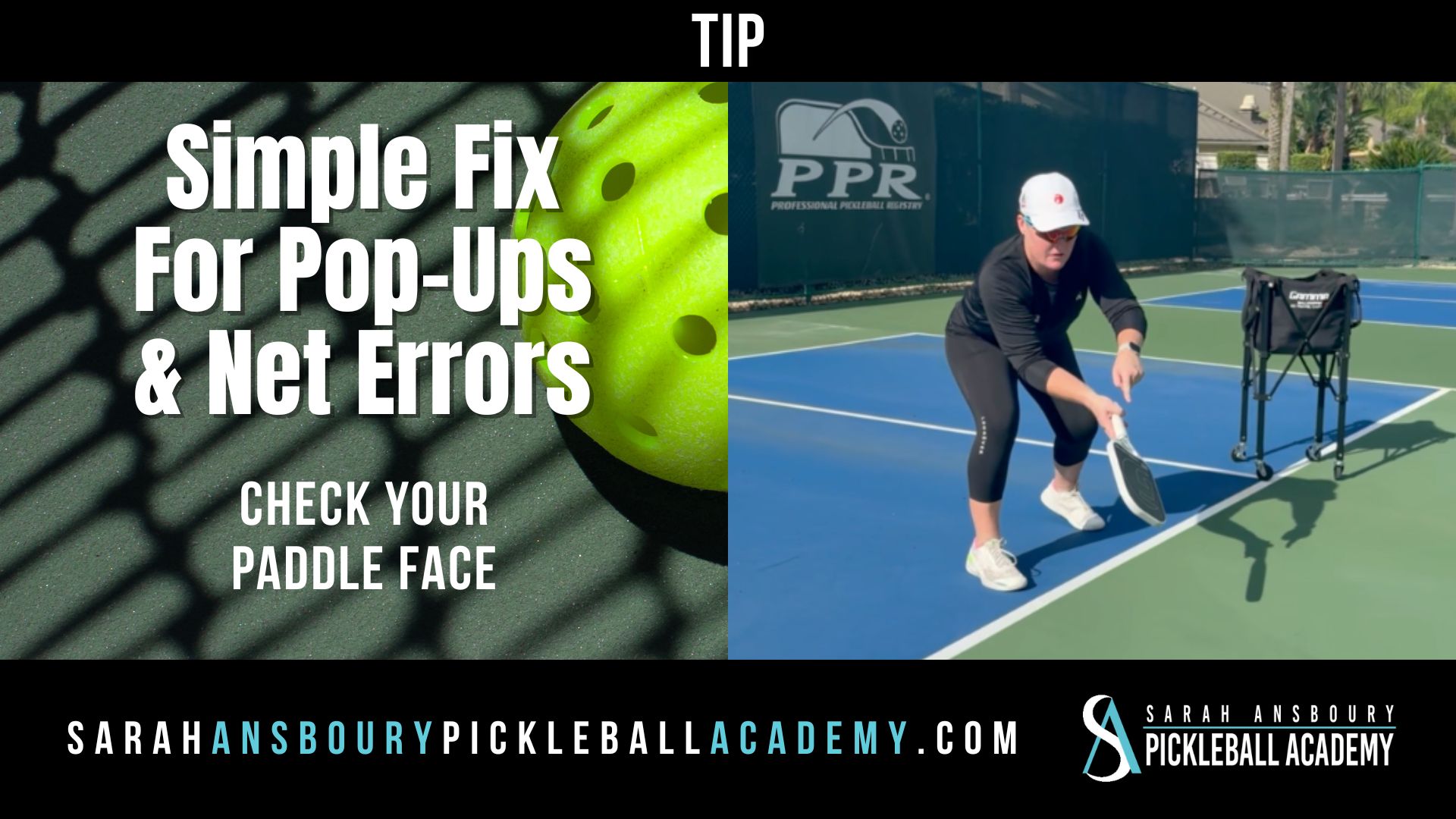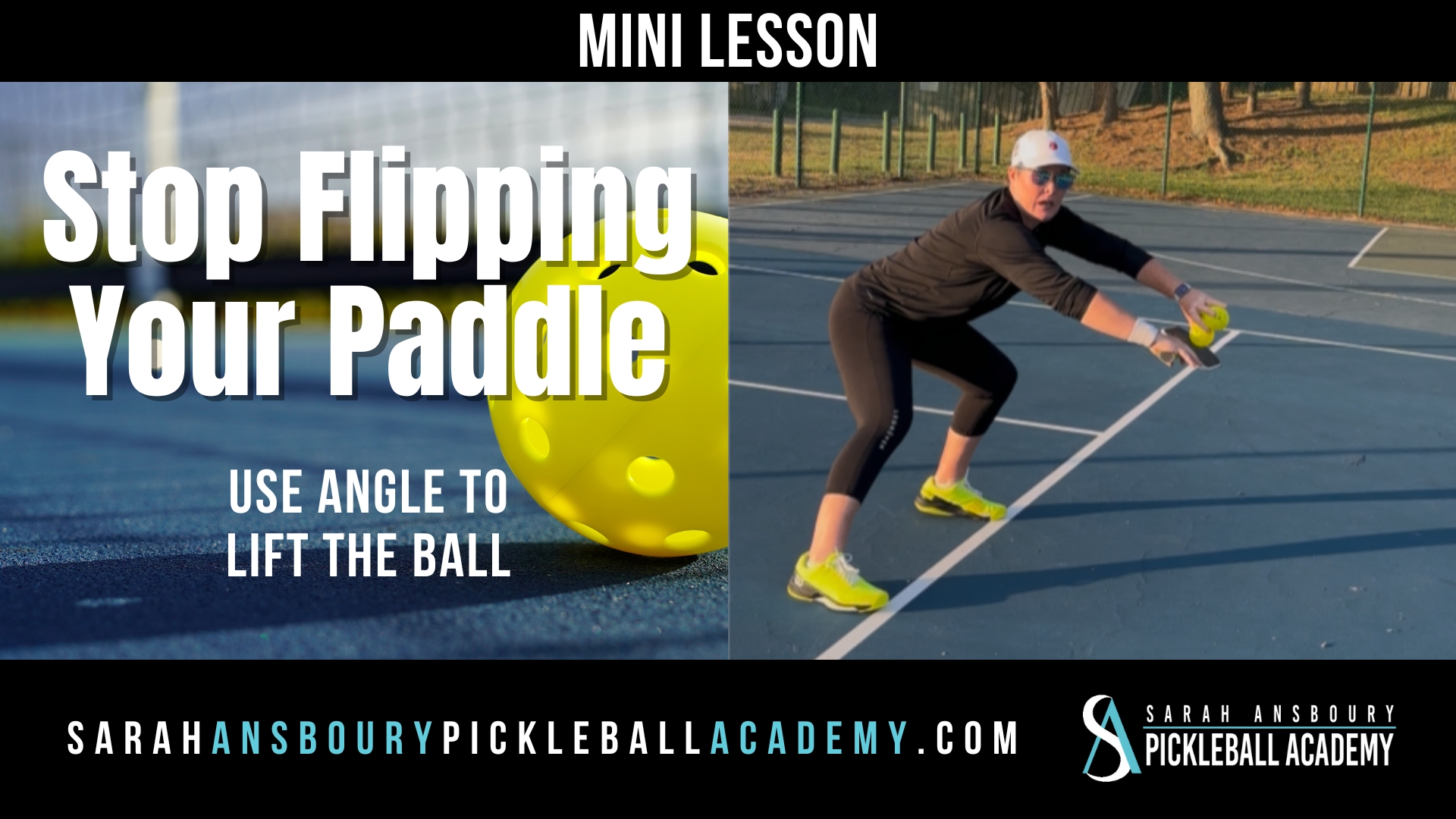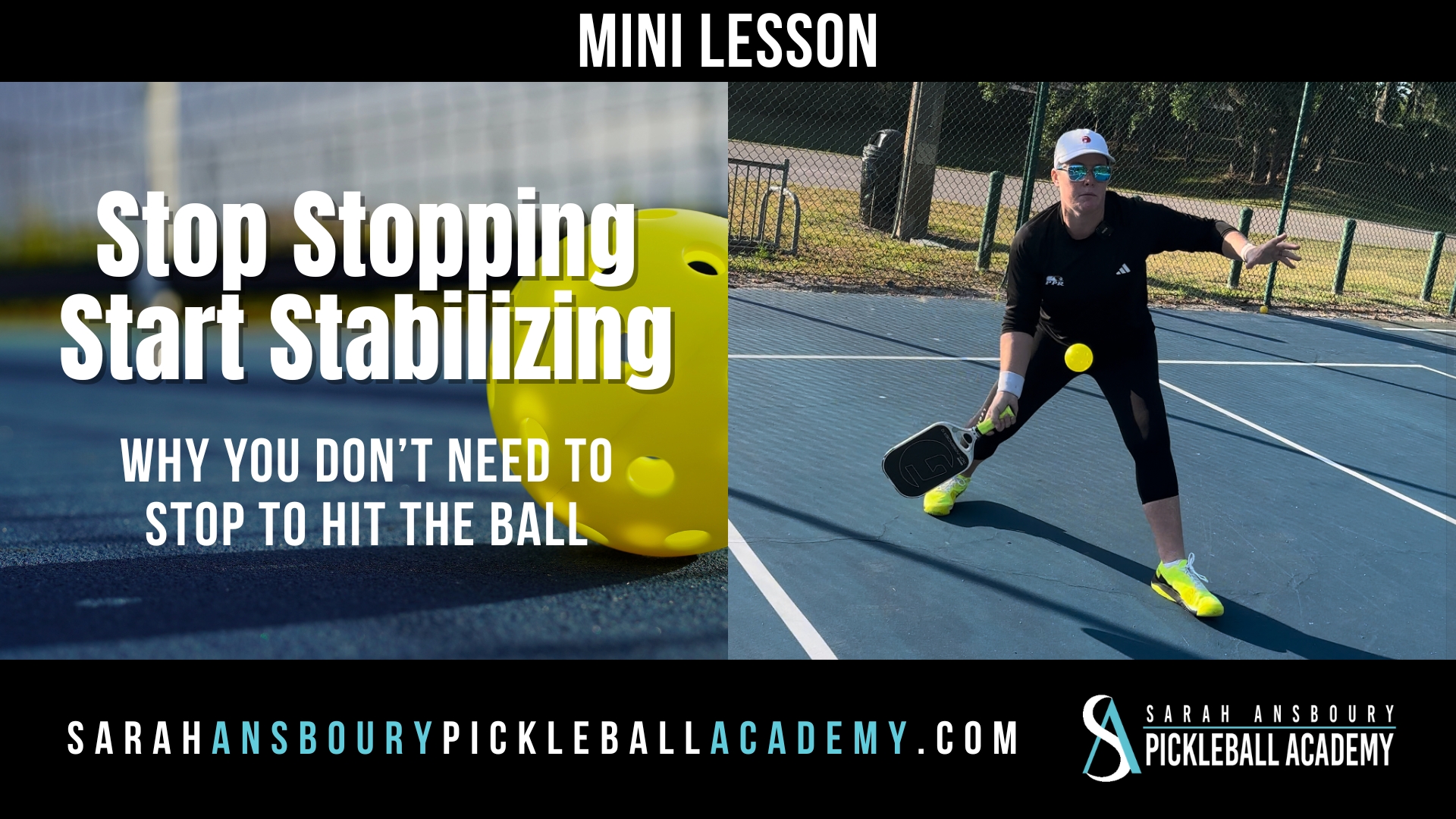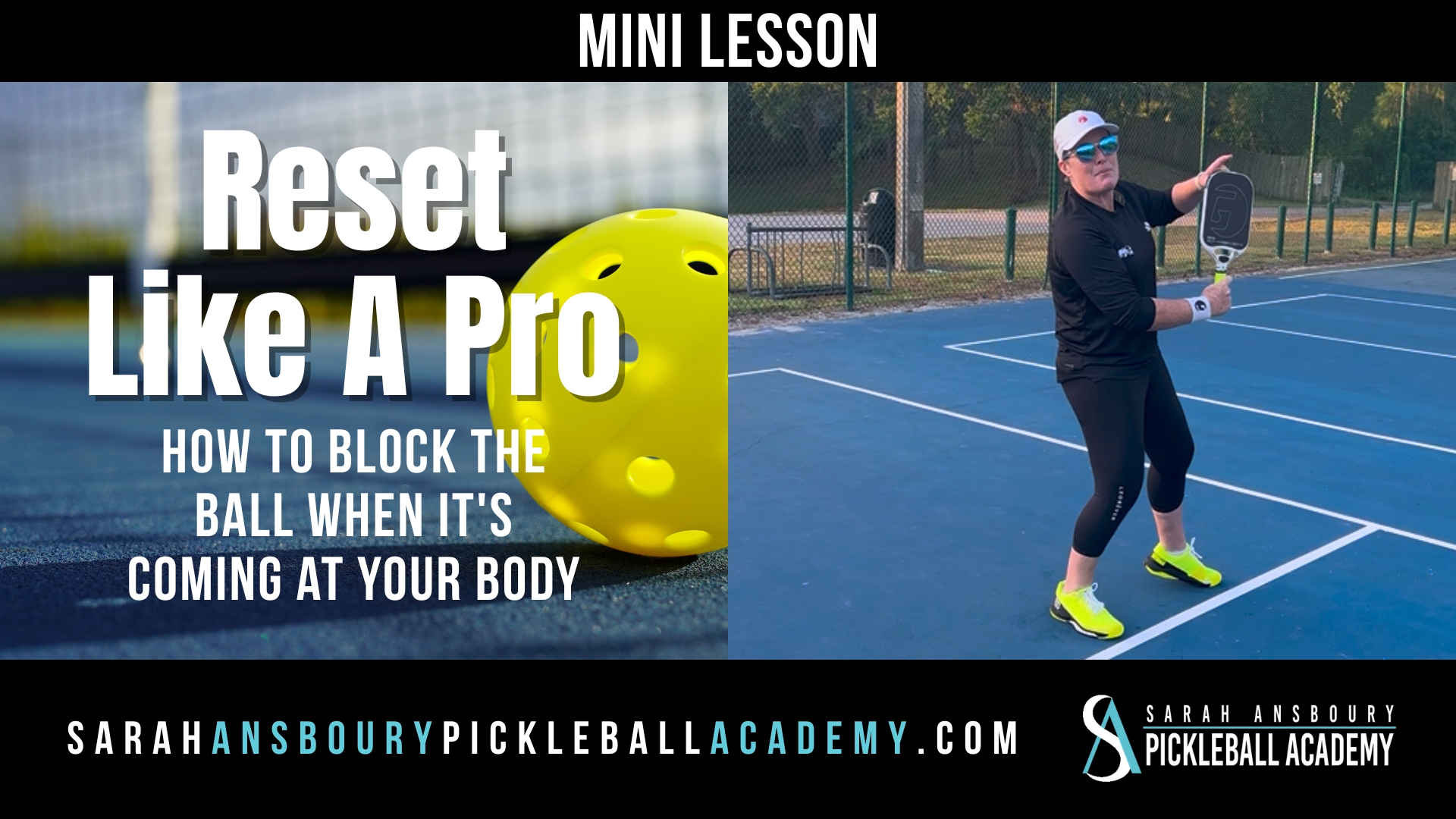Have you experienced a tennis elbow? Are you trying to add power to your groundstrokes? If so, the answer may be your non-dominant hand.
Tennis Elbow
I have written before about tennis elbow. It has several causes including gripping the paddle too tightly. But believe it or not, it may also be caused by how you use your non-paddle, i.e. non-dominant hand. Many players try to add power by using their elbow and wrist. This is often most evident when a player attempts to hit a one-handed, high backhand. They tend to snap at the ball using their elbow. Instead, I want my arm extended with a relaxed elbow. I create power by using the bigger muscles in my shoulder.
non-dominant hand?
So what does this have to do with your non-dominant hand? Everything. You see your non-dominant hand actually helps you rotate which is essential to adding power to your stroke. To learn the correct feel follow this simple exercise:
- Stand in your ready or neutral position with your arms comfortably extended in front of you. Your hands and wrists should be close together as if you are holding the paddle with both hands.
- Now rotate to the left (assuming you are a right-handed player) with your wrists together.
- Now mimic hitting the ball, by separating your wrists while squeezing your shoulder blades together. Your elbow should be softly extended and you should be able to reach farther in front of you. Your non-dominant hand extends behind you acting as a counterbalance to your swing.
Control and power
This motion adds control and power. We are only able to control the direction of the ball when we make contact with the ball in front of our bodies. And as it relates to power, it ensures we rotate properly engaging our larger more powerful muscles. Players that allow their non-dominant hand to hang down at their sides are holding themselves back with the dead weight it creates. Just think of swinging a baseball bat or golf club with only one hand and the other hanging at your side.
So if you are looking for better control and more power, consider your non-dominant hand. Letting it hang at your side is holding you back.


